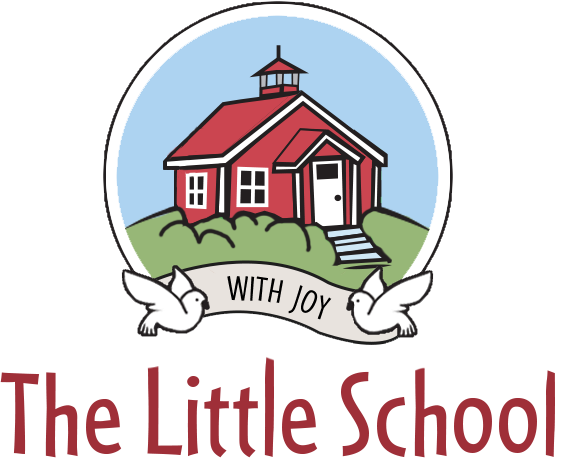

Explaining Conscious Discipline
Conscious Discipline, created by Becky Bailey, is built on the premise of developing discipline within children rather than applying discipline to them.
The Conscious Discipline process is made up of four components: 1) the Brain State Model, 2) the Seven Powers for Conscious Adults, 3) the School Family, and 4) the Seven Skills of Discipline. For ease of understanding, it can be pictured as a pyramid.

The Brain State Model
The Brain State Model resides at the base of the pyramid. It becomes a frame for us to understand the internal brain-body states that are most likely to produce certain behaviors in children and in ourselves. Therefore, the Brain State component provides the foundation in which the three other components are built upon.
- Seven Powers for Conscious Adults is the second layer of the pyramid. Once you have an understanding of the brain states, you then need to become familiar with and wholeheartedly believe in the seven powers along with their mission statements.
- The School Family is the next layer of the pyramid. With an understanding and acceptance of the previous two layers, you can easily begin to implement the Conscious Discipline classroom structures along with connection tools such as I Love You Rituals.
- Seven Skills of Discipline is the fourth and final layer. With a mastery of the previous three layers, the seven skills will give you the tools to successfully guide your students to discipline themselves from within rather than being disciplined from you.
Brain States
Conscious Discipline uses a multi-disciplinary approach to address behavior.
It surpasses behavioral approaches that teach specific behaviors, and offers a neuro-developmental model of the brain based on and adapted from the work of Bruce Perry, Daniel Siegel, Allan Schore, Louis Cozolino, Joseph LeDoux, Paul MacLean, and Alexander Luria.
The Conscious Discipline Brain State Model becomes a frame for us to understand the internal brain-body states that are most likely to produce certain behaviors in children and in ourselves. With this awareness, we learn to consciously manage our own thoughts and emotions so we can help children learn to do the same. The goal of this model is not to turn into neuroscientists, but to provide a simplified brain model as a means for increasing our self-awareness so we can respond consciously to the needs of the moment.
Research, as well as life experience, tells us our internal emotional states dictate behavior. When we feel grumpy, we tend to become easily frustrated and curt with others. When we feel grateful, we tend to be generous and thoughtful. When we feel upset at our children, we see ourselves behaving, disciplining and speaking much like our parents did to us when they were upset. The Conscious Discipline Brain State Model helps us understand how all this happens and how we can change it.
Our internal state allows us to draw upon certain skills. In a survival state where we feel triggered by threat, these skills are flight, fight or surrender. We can’t think clearly to add 45 plus 68 when a tiger is chasing us. In the modern world, the tiger may be a disrespectful child, but our brain’s evolutionary skill set is the same: fight, flight or surrender.
The only way to soothe the survival state is through the creation of safety. Similarly, an upset emotional state is triggered by the world not going our way. It limits our ability to see from another’s point of view. This upset, unconscious state keeps us on autopilot so our words and tone match those of key authority figures from our childhood. We revert to disciplining the same ways we were disciplined, even if we know these behaviors to be ineffective or hurtful.
The only way to soothe an upset emotional state is through connection. However, if we learn to regulate and integrate our internal state to be one of relaxed alertness, we are able access our own brilliance. We are empowered to change and make wise choices. An integrated executive state frees us from past conditioning, attunes us to the feelings and experiences of others, enables us to remain focused enough to set and achieve goals, and allows us to consciously respond instead of automatically react to life events.
The executive state is the optimal state for problem-solving and learning. Conscious Discipline empowers us to be conscious of brain-body states in ourselves and children. It then provides us with the practical skills we need to manage our thoughts, feeling and actions. With this ability to self-regulate, we are then able to teach children to do the same. By doing this, we help children who are physically aggressive (survival state) or verbally aggressive (emotional state) become more integrated so they can learn and use problem-solving skills (executive state). When we understand the brain state model, we can clearly see the importance of building our homes, schools and businesses on the core principles of safety, connection and problem-solving.









